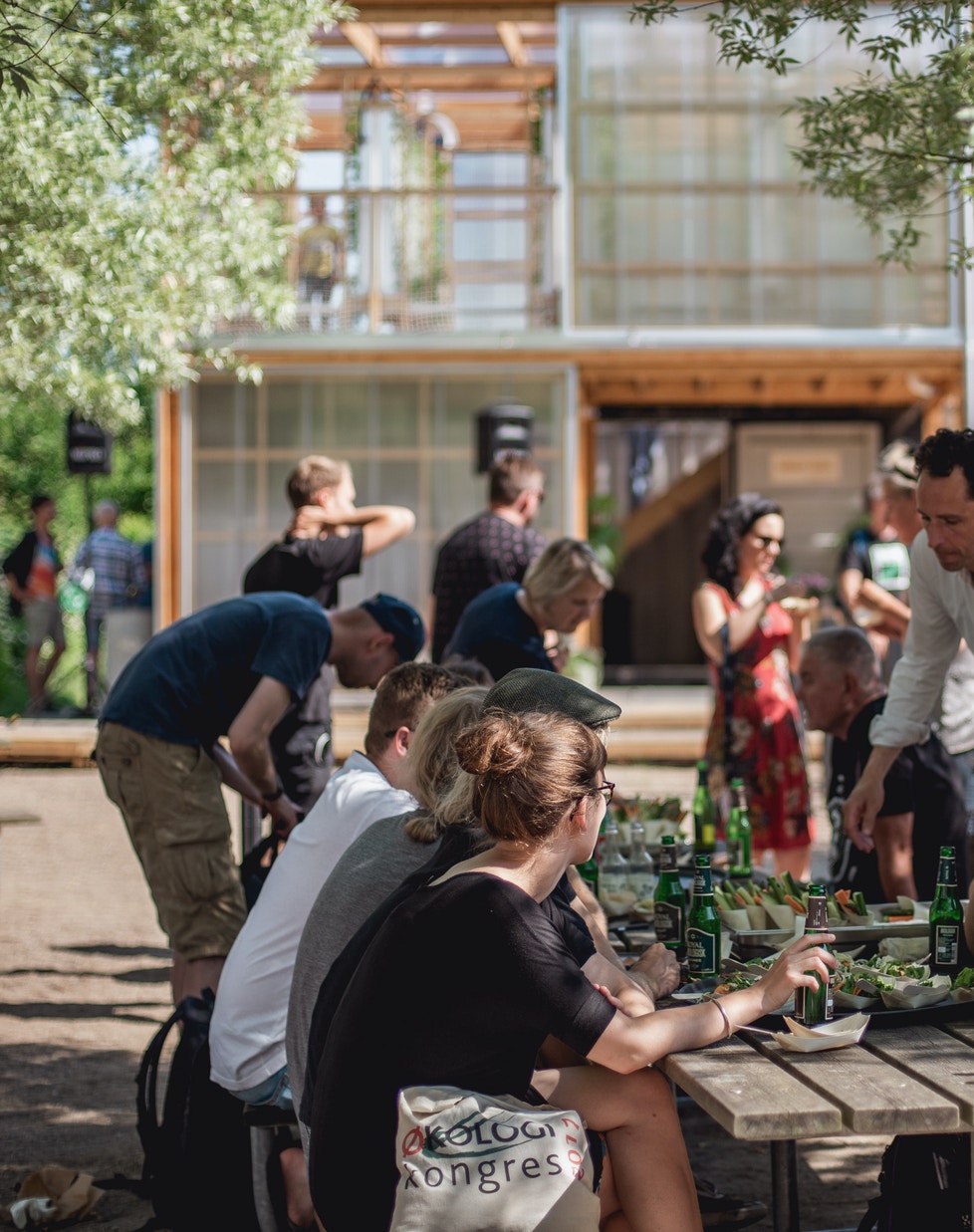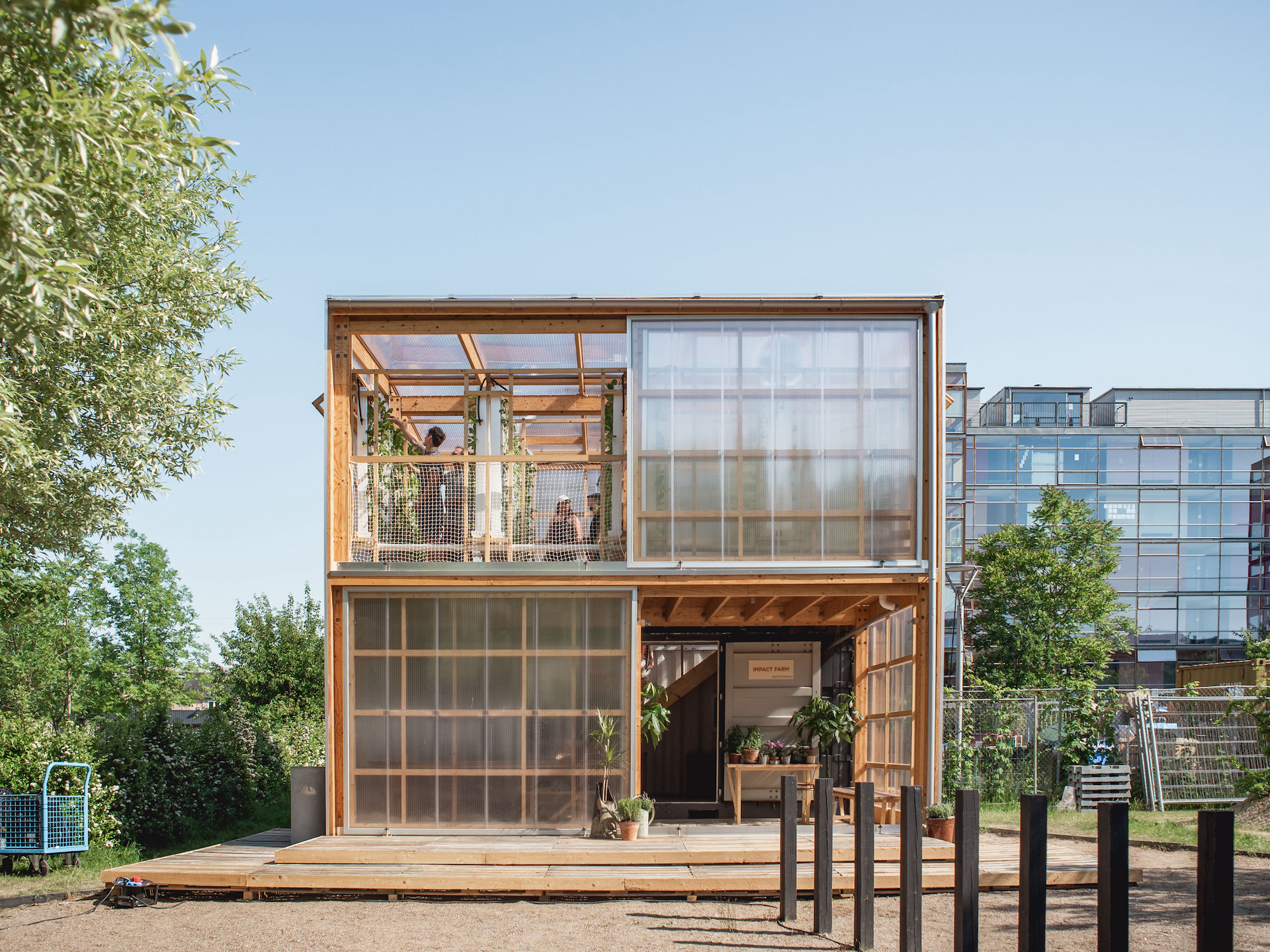02
End hunger, achieve food security and improved nutrition and promote sustainable agriculture
It is time to rethink how we grow, share and consume our food. If done right, agriculture, forestry and fisheries can provide nutritious food for all and generate decent incomes, while supporting people-centered rural development and protecting the environment.
Right now, our soils, freshwater, oceans, forests and biodiversity are being rapidly degraded. Climate change is putting even more pressure on the resources we depend on, increasing risks associated with disasters, such as droughts and floods. Many rural women and men can no longer make ends meet on their land, forcing them to migrate to cities in search of opportunities. Poor food security is also causing millions of children to be stunted due to severe malnutrition.
A profound change of the global food and agriculture system is needed if we are to nourish the 815 million people who are hungry today and the additional 2 billion people expected to be undernourished by 2050. Investments in agriculture are crucial to increasing the capacity for agricultural productivity, and sustainable food production systems are necessary to help alleviate the perils of hunger.
THIS GOAL AND ARCHITECTURE
The built environment contributes to securing food supplies through planning, landscape design and building complexes that protect existing ecosystems and prioritize the preservation and expansion of areas for food production.
Creating conditions to support sustainable farming must be an integral part of development, also where fertile land is scarce due to urban density, harsh climatic conditions or restricted access. Planning, landscape design and building design can contribute by developing designs that favour land use for food production at many scales. Examples of this can be found in urban farming projects, production cooperatives and regenerative landscape design. Furthermore, the built environment can help the maintenance and rebuilding of species diversity in landscapes, settlements and urban areas. This requires working with local geography, climatic conditions and locally adapted crops in the design of areas for food production.
Design in areas for food production must be robust and geared to cope with the effects of climate change, such as extreme weather, drought and floods. Often, the production of building materials like timber or bricks co-exists with food production, making it important to consider how farming interacts with the production of building materials on a local level. Finally, building and landscape design must involve end-users in a co-creation of areas for food production.



